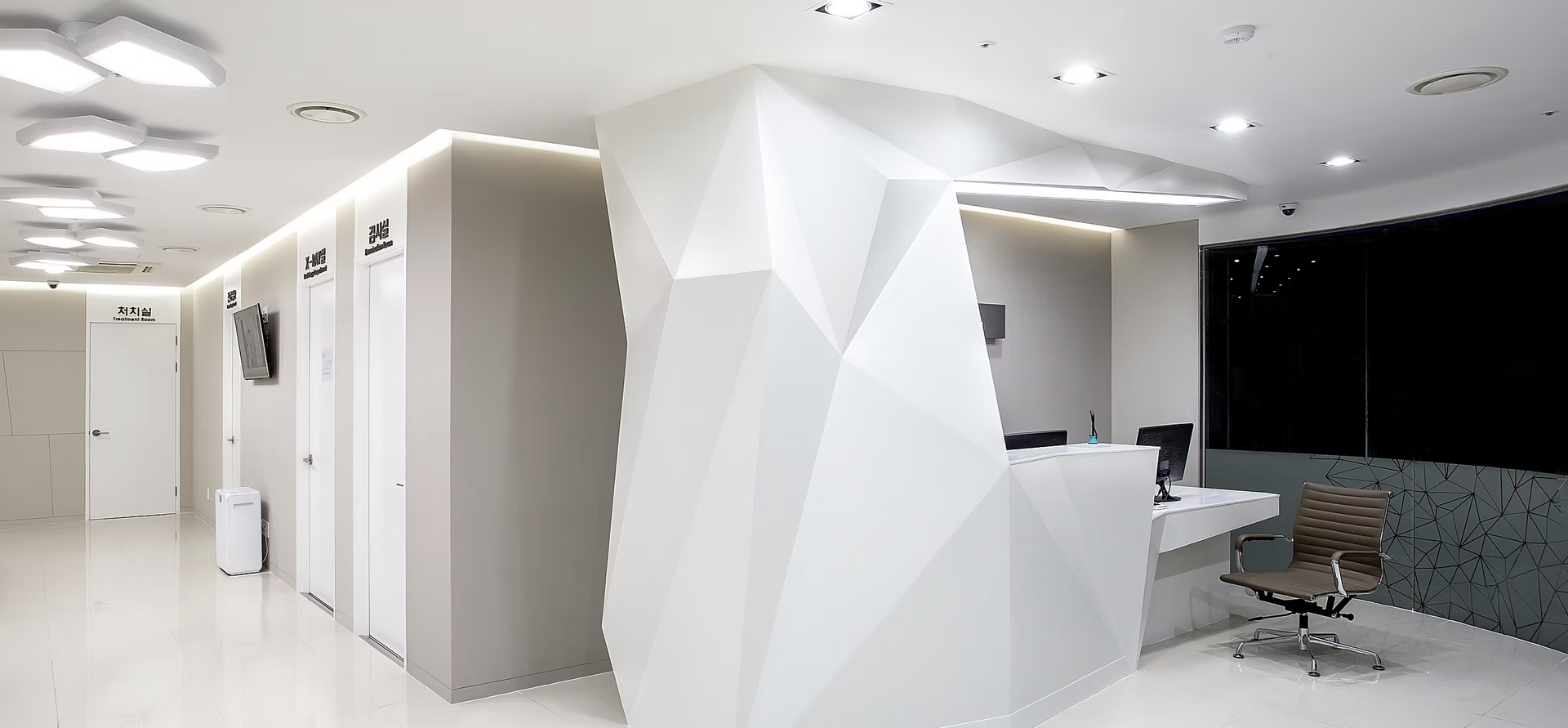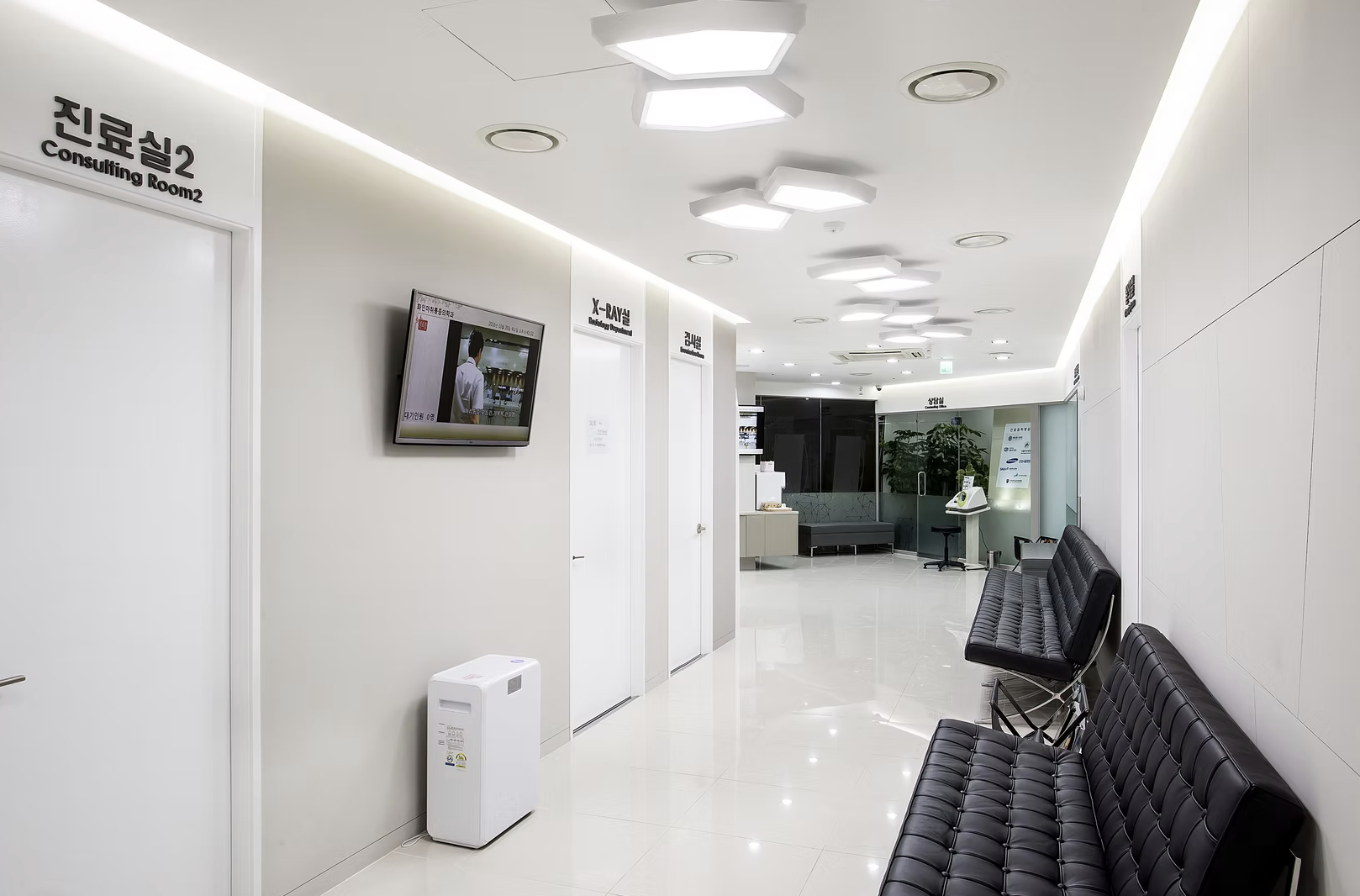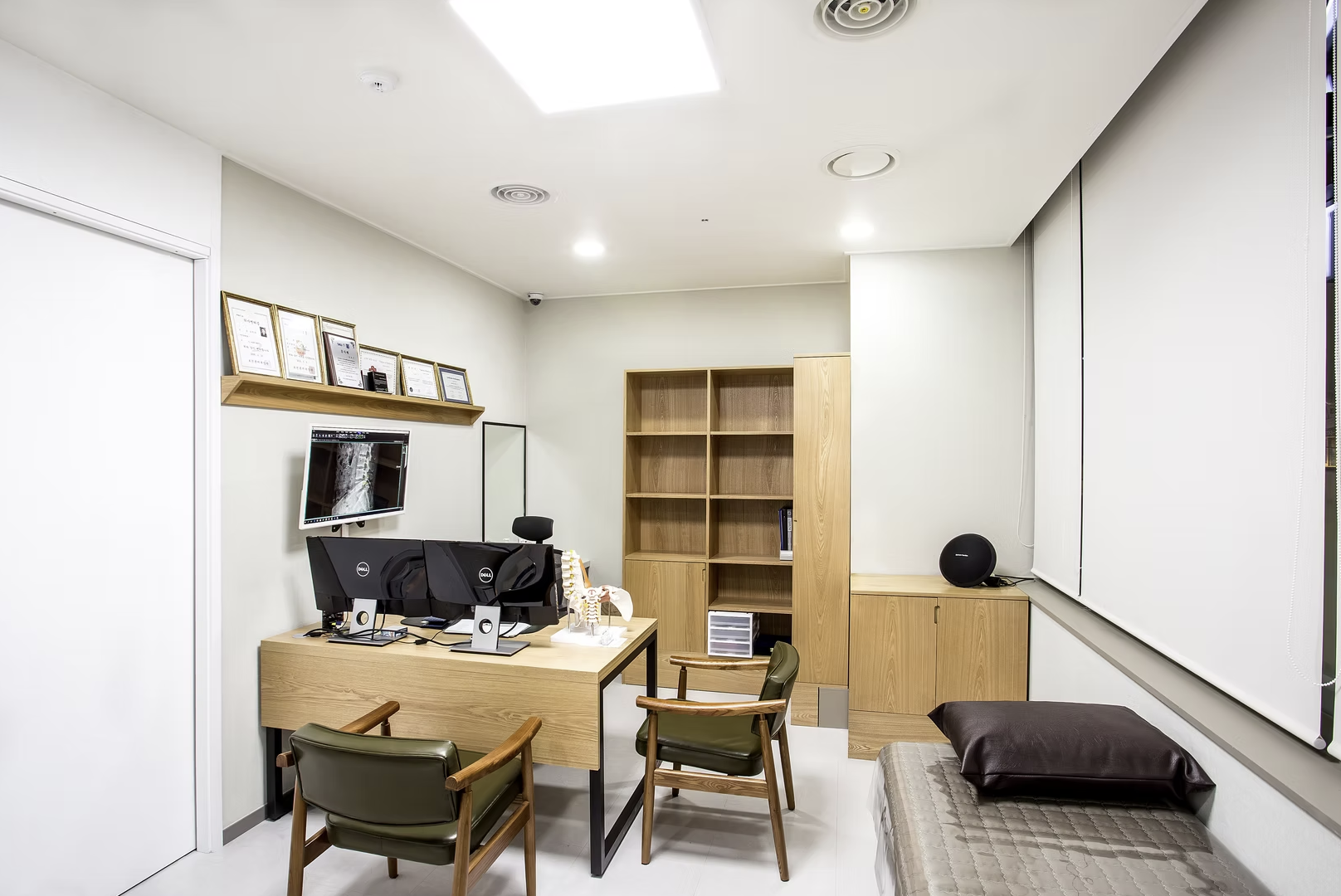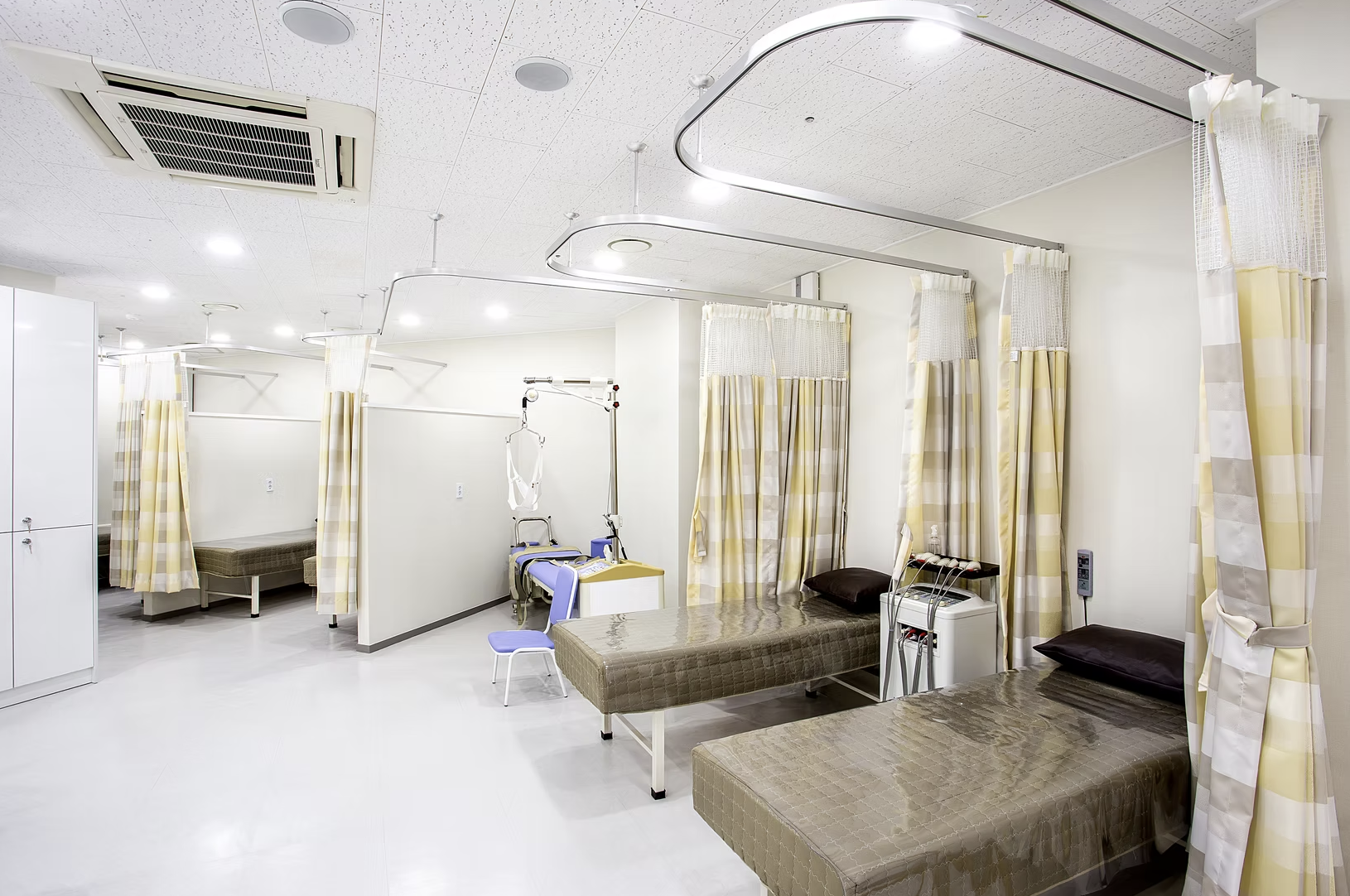Fine Pain Clinic
Seoul Korea
Seoul Pain Clinic offers advanced diagnosis and treatment for both acute and chronic pain, including nerve-related conditions. With state-of-the-art imaging technology and personalized therapies like nerve blocks and physical rehabilitation, they provide comprehensive, patient-centered care.
Book an Appointment with Dr. Kim
Let’s Chat Today!
📞+82-10-9090-0345 (WhatsApp
& Text)
English-Speaking & Foreigner-Friendly
We’re Here for You!
Unlock Success with 20+ Years of Proven Expertise!



At our clinic, you’re never just a number. We pride ourselves on one-on-one, private consultations where we take the time to understand your unique needs—no rush, no pressure, and absolutely no overselling. Experience personalized care that puts you first, not a factory-style treatment line.
Board-certified Pain Specialists
Here’s a refined five‑sentence introduction in English highlighting board‑certified pain specialists, inspired by typical clinic descriptions:
- Our board-certified pain specialists are fellowship-trained physicians who have completed rigorous training in anesthesiology (or another primary specialty) as well as an additional year of accredited pain medicine fellowship
- They excel in diagnosing and treating both acute and chronic pain conditions—such as neuropathic pain, migraines, sciatica, and post-surgical pain—using cutting-edge, minimally invasive interventions .
- Utilizing personalized treatment plans, they offer a multidisciplinary approach that may include nerve blocks, epidural steroid injections, radiofrequency ablation, physical rehabilitation, and medication management
- By combining advanced interventional therapies with supportive care—such as physical therapy, lifestyle guidance, and mental health support—they aim to reduce pain, enhance function, and improve overall quality of life .
As advocates for comprehensive patient care, they coordinate seamlessly with other healthcare specialists to ensure each individual receives optimal, tailored pain management solutions
Our Doctor
Dr. Min-Soo Kim, Director
- Ph.D. in Anesthesiology and Pain Medicine
- Board-certified in Pain Medicine (completed advanced specialist training)
- Clinical Lecturer, Department of Anesthesiology and Pain Medicine, Seoul National University Bundang Hospital
- Specialist in Anesthesiology and Pain Medicine
- Former Pain Center Physician, Seoul National University Bundang Hospital
- Former Spine Center Physician, Seoul National University Bundang Hospital
- Former Cancer Pain Center Physician, Seoul National University Bundang Hospital
- Completed Advanced Course in Pain Medicine, Korean Pain Society
- Completed Cadaver Workshop, Korean Pain Society
- Full Member, Korean Society of Anesthesiology and Pain Medicine
- Full Member, Korean Pain Society
- Full Member, Korean Spinal Pain Society
- Full Member, Korean Pain Research Society
- Former Chief, Department of Anesthesiology and Pain Medicine, Armed Forces Capital Hospital
- Former Director, Hwain Pain Clinic – Bangbae Branch
- Current Director, Hwain Pain Clinic – Sindang/Wangsimni Branch
Our Clinic
🩺 Interventional Procedures (1–25)
- Epidural steroid injections (interlaminar/transforaminal/caudal)
- Facet joint injections / medial branch blocks
- Sacroiliac (SI) joint injections
- Trigger-point injections
- Peripheral joint/bursa injections
- Peripheral nerve blocks (e.g., femoral, occipital)
- Sympathetic nerve blocks (stellate, lumbar)
- Intrathecal pain pump implantation
- Botox injections for chronic migraine, muscle pain
- Radiofrequency ablation (RFA) for facet-mediated/back/knee pain
- Dorsal root ganglion stimulation implant
- Spinal cord stimulation (SCS) implant
- Ketamine infusions for refractory neuropathic pain
- Ultrasound-guided procedures
- Fluoroscopy/CT-guided injections
- Genicular nerve block + RFA for knee osteoarthritis
- Celiac plexus block / neurolysis (for cancer pain)
- Endoscopic ultrasound-guided celiac neurolysis
- Cryoneurolysis (cryoanalgesia) for peripheral nerve pain
- Chemical neurolysis (phenol/alcohol/chemodenervation)
- Neurotomy via radiofrequency or chemical
- External neurolysis for nerve entrapment
- Intravenous lidocaine infusions
- Transforaminal vs interlaminar epidural comparison
- Diagnostic nerve blocks to confirm pain source
💊 Pharmacologic Management (26–50)
26. NSAIDs (e.g., ibuprofen)
27. Acetaminophen (paracetamol)
28. Weak opioids (e.g., codeine, tramadol)
29. Strong opioids under close supervision
30. Antidepressants for neuropathic pain (e.g., amitriptyline, duloxetine)
31. Anticonvulsants (e.g., gabapentin, pregabalin)
32. Topical lidocaine patches or creams
33. Capsaicin cream for nerve pain
34. Muscle relaxants (e.g., baclofen, tizanidine)
35. Oral or injectable corticosteroids
36. Systemic ketamine
37. Clonidine or epinephrine adjuvants
38. Topical NSAID gels
39. Bisphosphonates for bone pain
40. Calcitonin for bone-related pain
41. Antispasticity agents
42. Omega-3, turmeric, and other supplements
43. Herbal remedies (e.g., willow bark)
44. Low-dose naltrexone (off-label use)
45. Medication tapering programs
46. Opioid rotation strategies
47. Botulinum toxin muscle injections
48. Continuous local anesthetic infusion via catheter
49. Topical NSAID patches
50. Medication management programs
🏃♀️ Physical & Rehabilitation Modalities (51–75)
51. Physical therapy (exercise, stretching, manual therapy)
52. TENS or NMES electrical stimulation
53. Therapeutic ultrasound
54. Spinal traction
55. Joint mobilization techniques
56. Massage therapy
57. Heat and cold therapy
58. Iontophoresis (medication via electric current)
59. Laser or light therapy
60. Kinesiology taping
61. Hydrotherapy / whirlpool therapy
62. Posture correction and ergonomic training
63. Occupational therapy
64. Gait analysis and training
65. Balance and proprioception training
66. Aquatic therapy
67. Functional electrical stimulation (FES)
68. Core stabilization programs
69. Myofascial release
70. Scar tissue mobilization
71. Vocational rehabilitation
72. Use of splints or braces
73. Custom orthotics
74. Biomechanical assessments
75. Home exercise programs
🧠 Psychological and Behavioral Therapies (76–90)
76. Cognitive Behavioral Therapy (CBT)
77. Biofeedback
78. Relaxation techniques (e.g., guided imagery, muscle relaxation)
79. Hypnotherapy
80. Mindfulness-based stress reduction (MBSR)
81. Patient pain education sessions
82. Stress and anxiety management
83. Acceptance and Commitment Therapy (ACT)
84. Support groups
85. Psychiatric consultations
86. Motivational interviewing
87. Biopsychosocial care planning
88. Sleep hygiene counseling
89. Lifestyle modification coaching
90. Pain coping skills training
🌿 Complementary & Integrative Therapies (91–100)
91. Acupuncture
92. Chiropractic care or spinal manipulation
93. Aromatherapy
94. Yoga or tai chi
95. Nutrition counseling
96. Herbal supplements
97. Reiki or therapeutic touch
98. Mind-body practices (e.g., meditation, qi gong)
99. Integrative health coaching
100. Placebo-enhanced therapeutic rituals







